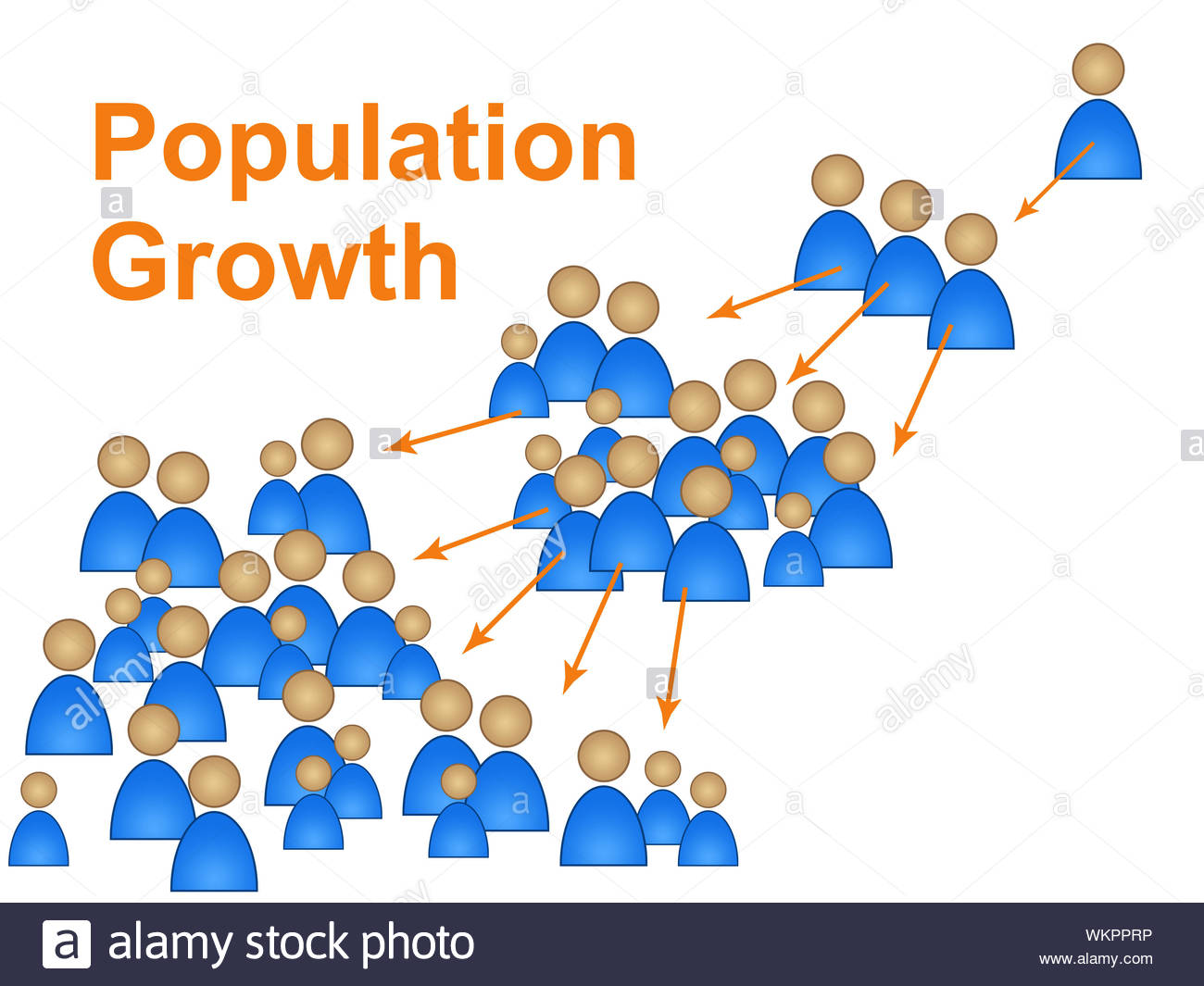
Week 9: Components of Population Growth and Balancing Equation.
Components of population change. The main components of population change are births, deaths, and migration. “Natural increase” is defined as the difference between live births and deaths. “Net migration” is defined as the difference between the number of people moving into an area and the number of people moving out. For OFM’s annual population estimates, it is more permanent movement that is of particular interest (i.e., not seasonal or temporary). Because it is difficult to measure actual migration, demographers often estimate migration as a residual value, by calculating the difference between total population change and natural increase.
A possible explanation of the slow growth of towns may be due to an increasing tempo of migration from these towns to large cities, like Calcutta and Howrah. But nothig conclusive can be said unless migration pattern is investigated in detail.
An equation that is used to calculate population changes from one year to the next in a given area, based on number of births, deaths, and migrations. The general form of the equation is a mass balance equation, in which end population = starting population ± natural increase ± net migration, where natural increase = births – deaths, and net migration = immigrants – emigrants. At the global scale there is no net migration (unless the Earth is invaded by aliens from another planet, or people permanently leave the Earth to set up home in space), so the balancing equation is then simply end population = starting population ± natural increase.


